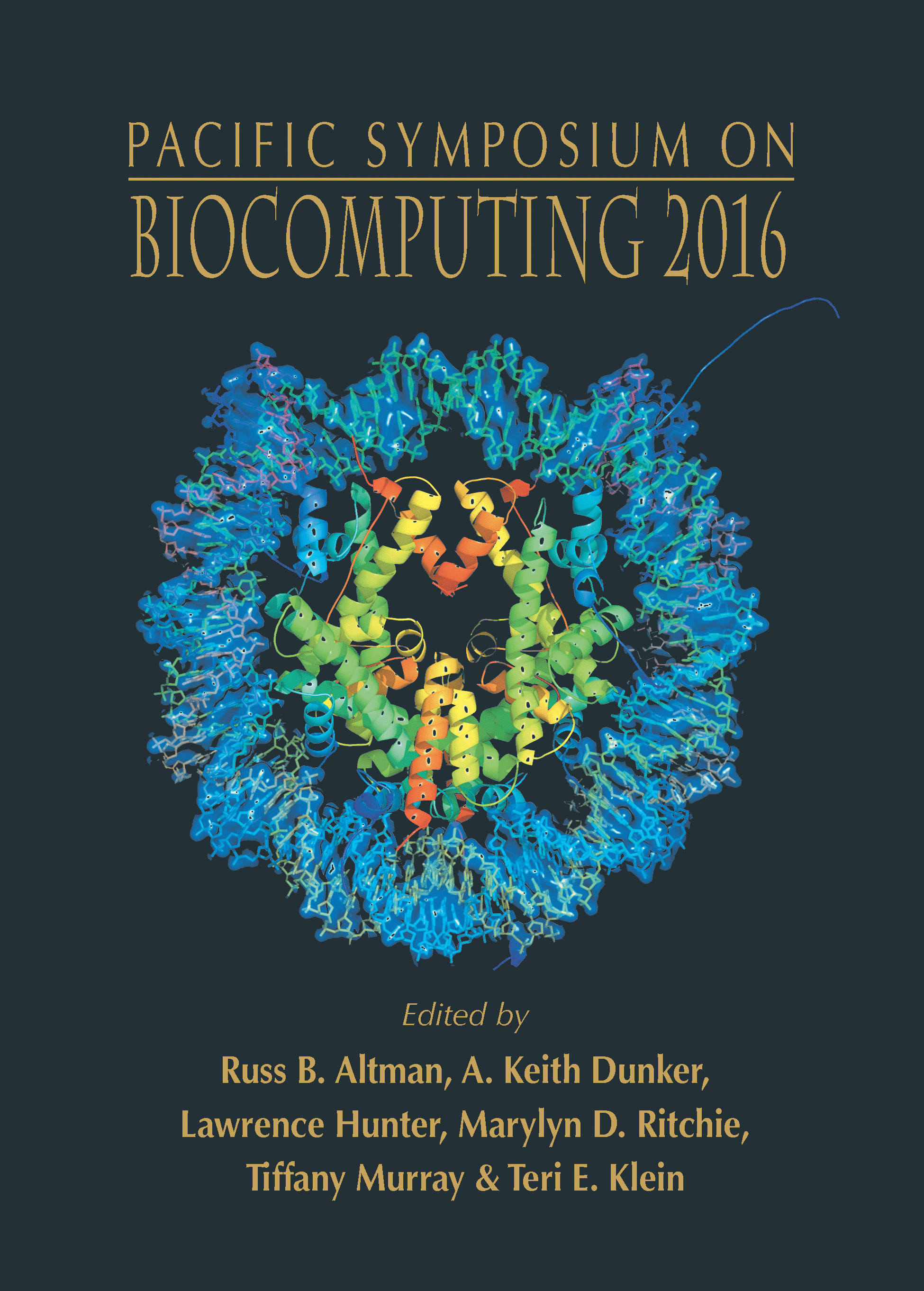
Yong Fuga Li1,2, Fuxiao Xin3, and Russ B. Altman1,4
1Department of Bioengineering, Stanford University
2Stanford Genome Technology Center, Stanford University
3Machine Learning Lab, GE Global Research
4Department of Genetics, Stanford University
Email: russ.altman@stanford.edu
Pacific Symposium on Biocomputing 21:381-392(2016)
© 2016 World Scientific
Open Access chapter published by World Scientific Publishing Company and distributed under the terms of the Creative Commons Attribution (CC BY) 4.0 License.
The causes of complex diseases are multifactorial and the phenotypes of complex diseases are typically heterogeneous, posting significant challenges for both the experiment design and statistical inference in the study of such diseases. Transcriptome profiling can potentially provide key insights on the pathogenesis of diseases, but the signals from the disease causes and consequences are intertwined, leaving it to speculations what are likely causal. Genome-wide association study on the other hand provides direct evidences on the potential genetic causes of diseases, but it does not provide a comprehensive view of disease pathogenesis, and it has difficulties in detecting the weak signals from individual genes. Here we propose an approach diseaseExPatho that combines transcriptome data, regulome knowledge, and GWAS results if available, for separating the causes and consequences in the disease transcriptome. DiseaseExPatho computationally de- convolutes the expression data into gene expression modules, hierarchically ranks the modules based on regulome using a novel algorithm, and given GWAS data, it directly labels the potential causal gene modules based on their correlations with genome-wide gene-disease associations. Strikingly, we observed that the putative causal modules are not necessarily differentially expressed in disease, while the other modules can show strong differential expression without enrichment of top GWAS variations. On the other hand, we showed that the regulatory network based module ranking prioritized the putative causal modules consistently in 6 diseases, We suggest that the approach is applicable to other common and rare complex diseases to prioritize causal pathways with or without genome-wide association studies.